When contemplating the challenges of the future — such as overpopulation, climate change or resource depletion — it is easy, or perhaps even natural, to consider these challenges as distant phenomenons, impertinent to our everyday lives. However, this is far from the truth.
The challenges of the future are the challenges of the present, but only in their preliminary phases, which can be catastrophic itself. This reality is illustrated by the disastrous situation that has been brewing in Cape Town, South Africa over the past three years — namely the worst drought in over a century, which has brought the city to the brink of “Day Zero,” or the day the water runs out.
The year before the drought began in 2014, water levels for the city’s dams were 71.9 percent full. By 2015, these levels had dropped to 50.1 percent, and by 2016, they reached just 31.2 percent. City officials have decided that once the water levels reach 13.5 percent, they will be forced to turn off the municipal water supply for all services deemed nonessential. As of May 2017, the water levels were recorded at 21.2 percent, and Mayor Patricia de Lille announced this month that the city will be forced to shut off the water supply on April 21.
There are four major causes for the ensuing crisis. First is the ongoing drought. According to climatologists, a drought of this magnitude is a “once in a millennium” event.
The effects of the drought are also being exacerbated by climate change. Kevin Winter, a lecturer of environmental and geographical science at the University of Cape, said that increasing weather variability means there will be fewer periods of significant rainfall, which leads to further problems.
On top of all this is the burden of a rapidly increasing population which has far exceeded the city’s water capacity. Since 1995, the city’s population has increased 79 percent, while the city’s water storage capacity has only increased by 15 percent in the same amount of time.
The fourth and final cause of the crisis is the population’s failure to meet the demands of the local government and conserve water. In order to maintain current water levels, the government said the city must use less than 500 million liters a day, which means that every resident is entitled to 87 liters of water a day. On Friday, Mayor de Lille reported that only 39 percent of Capetonians were adhering to these quotas during the third week of January (as opposed to 54 percent in the first week), and the city was using an average of 618 million liters a day.
In order to combat the citizen’s noncompliance, the city released a city water map, which documents the daily water consumption of every household. The move has sparked some controversy, as releasing information about individual households seems like a violation of privacy and could also be a divisive move that would bring more unnecessary hardship to the city. That being said, the map can also be interpreted as a shrewd move to employ the far stronger weapon of social pressure in order to decrease water consumption.
However, it seems likely at this point that nothing, not even peer pressure, will be strong enough to reverse the inevitable. Once the city reaches Day Zero, Cape Town will enter a nightmare scenario most of us wouldn’t have expected until well into the future. Once the water supply is turned off, the city will have 200 locations where residents can collect a maximum of 25 liters of water a day, which is nearly a fourth of the current quota of 87 liters. At these locations, there will be armed guards present to keep the peace and ensure no one is exceeding the 25 liter limit. However, the wealthier residents will be able to obtain more than that amount by importing water from out of town, and companies are already jumping at the opportunity to make a profit after Day Zero hits.
The scenario seems like something George Orwell would write about when describing an apocalyptic future. If this were the case, that book would certainly have been placed on the fiction shelf, which is perhaps indicative of our own failure to appreciate and prepare for the future while we still have the time. The problems of the future are always painted in abstract terms, not because they are a distant phenomenon, but because we are inclined toward procrastination to the highest degree. Here, just three months from Day Zero, less than half of Capetonians are meeting water quotas despite the fact that they all are aware of what lies ahead. Let the crisis in Cape Town serve as a painful reminder to us all that the woes of the future are not so distant after all.








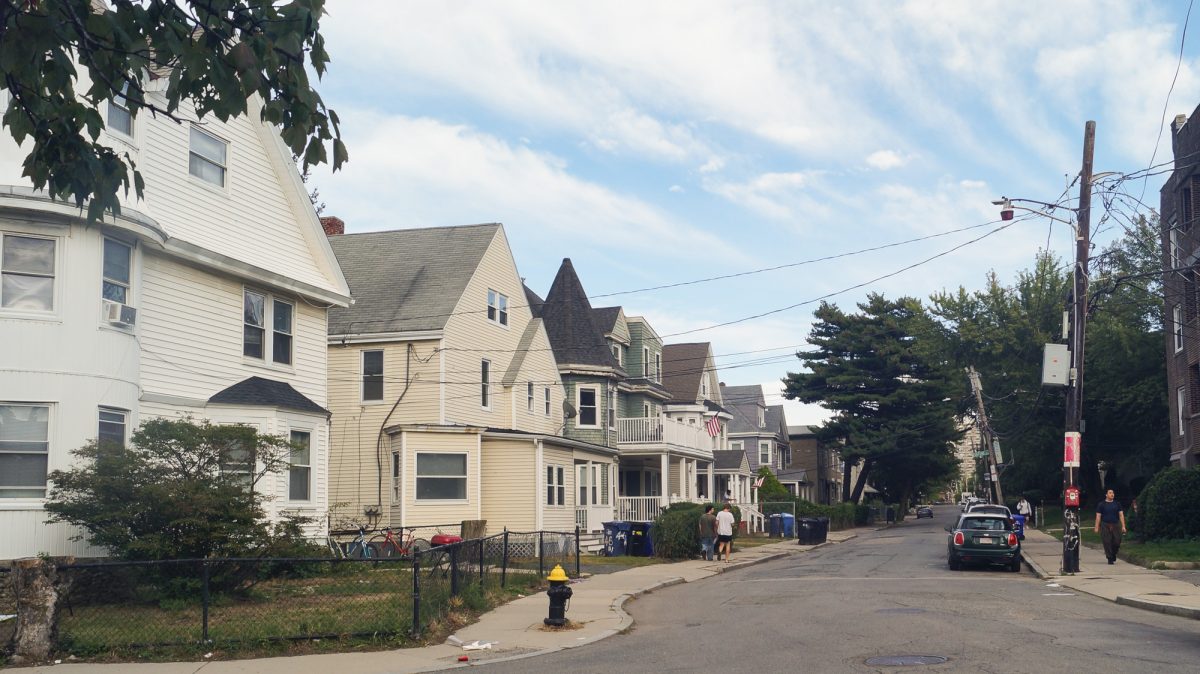





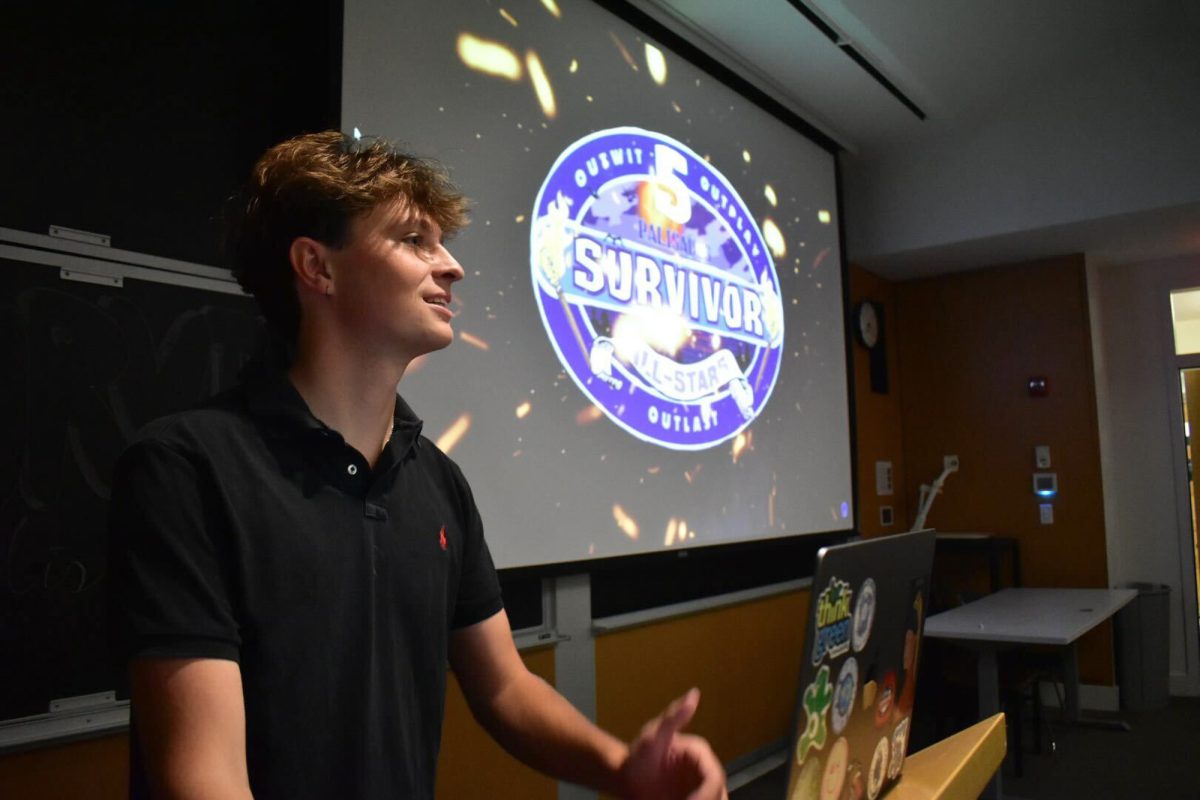







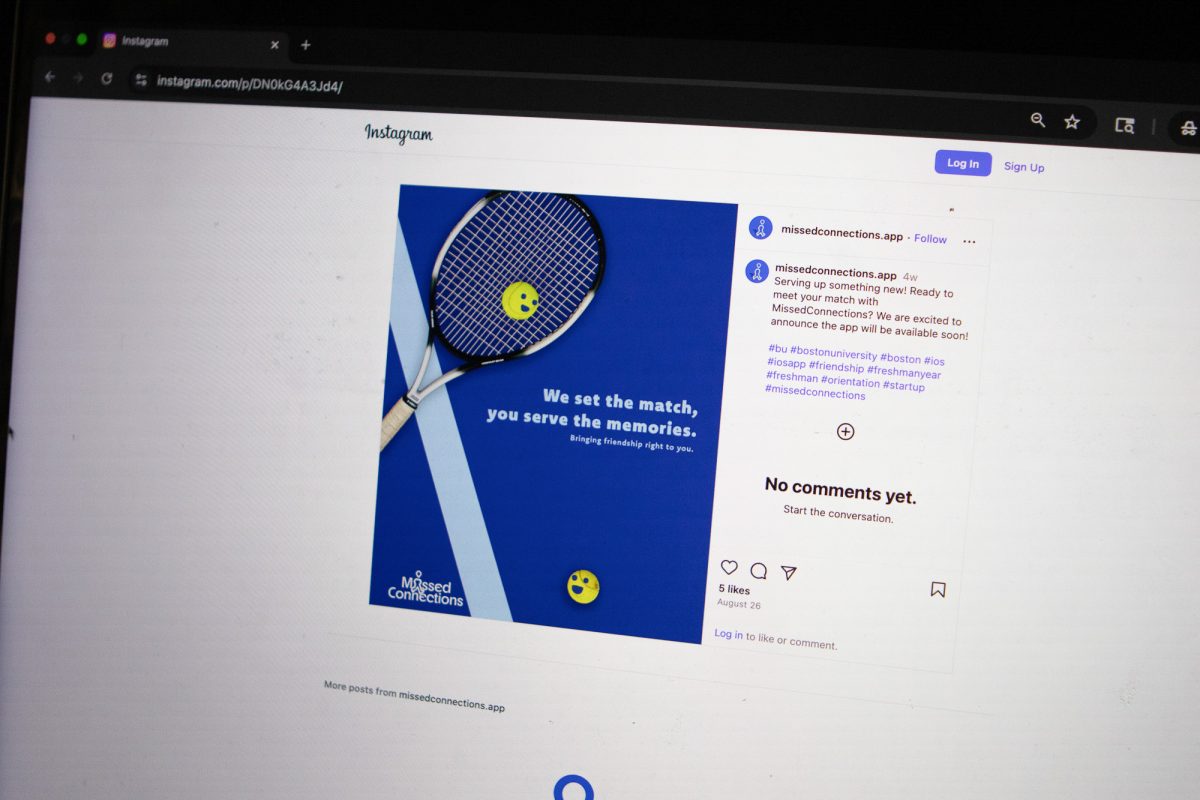







































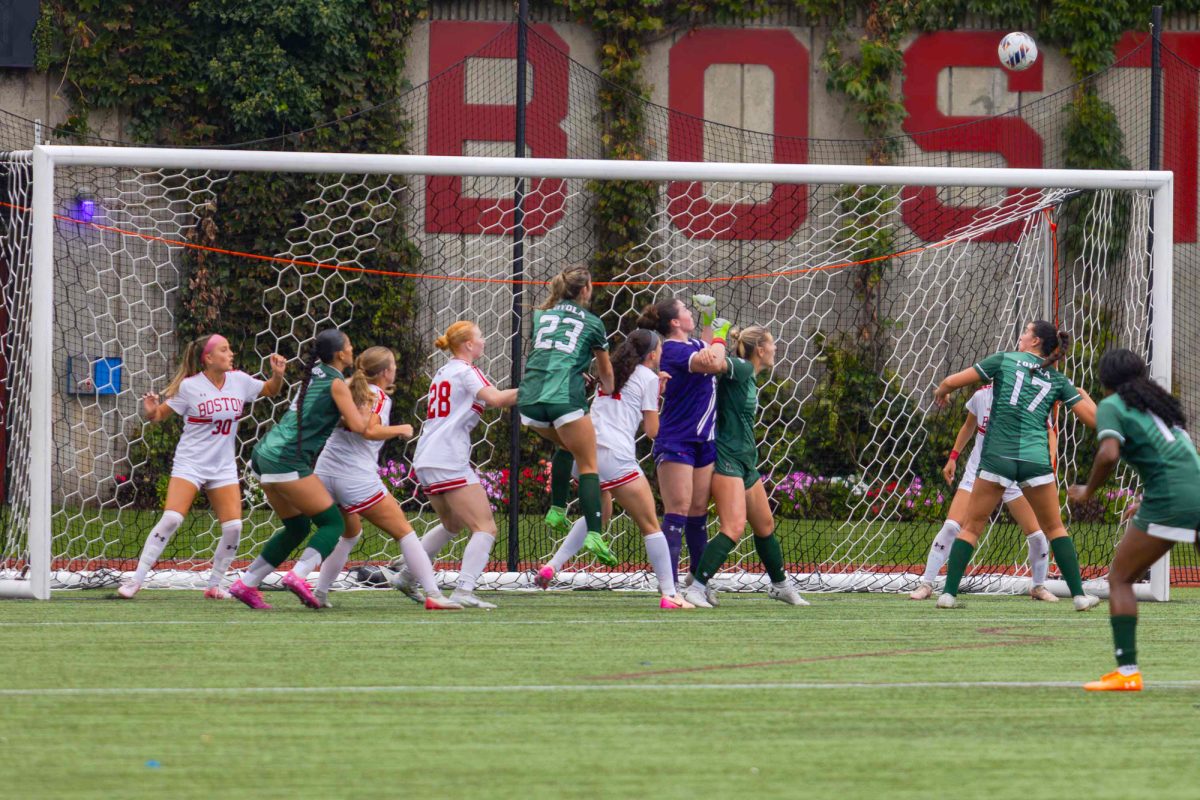



































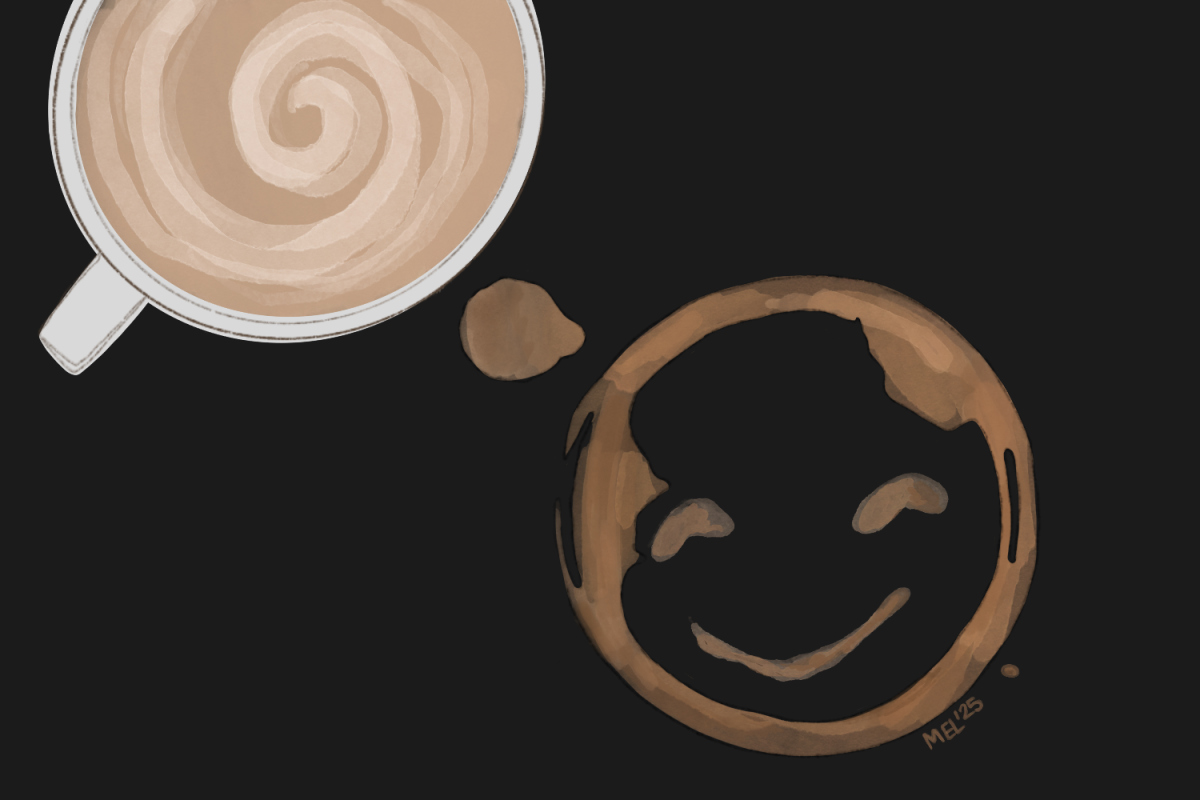

























LASISI SEGUN • Jan 22, 2018 at 4:17 pm
Hello David,
Kindly reply my mail @ [email protected]. I will love to work with on my upcoming project.